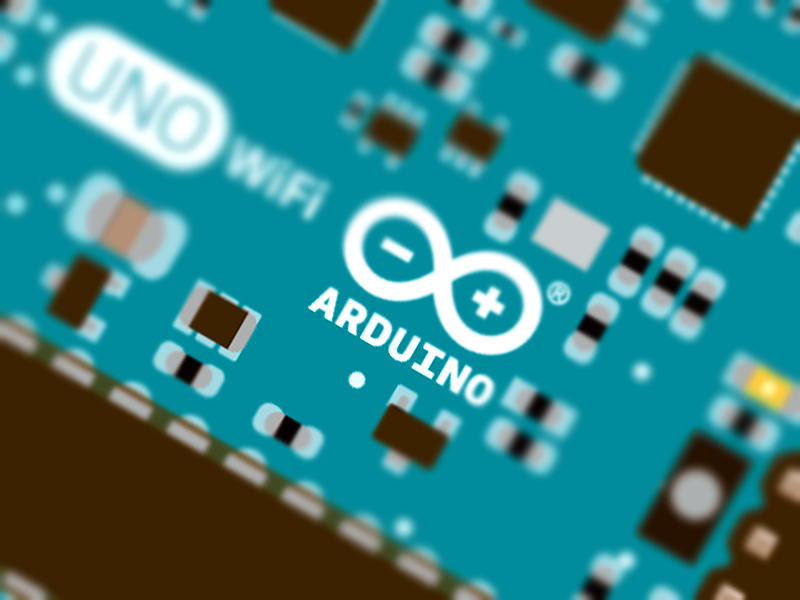
Potentiometers and analog joysticks can be used for precision control in a project. These may not seem like a big deal but they open up a world of extra sensors and inputs. It may lack a vast number of GPIO pins, but the Arduino has everything we need to start with electronics projects, including analog inputs. The Arduino has something which the Raspberry Pi does not, analog inputs which use a constant signal, typically a voltage, as a means to communicate data. The Arduino Uno has fewer GPIO pins (Arduino Mega has many more GPIO pins) but it has the basics, digital pins, PWM, I2C, SPI. Many of the GPIO pins are used for more than one function / protocol. The GPIO of the Raspberry Pi consists of 40 pins (120 if using the Compute Module) and the pins are a mixture of digital, Pulse Width Modulation (PWM) and special protocols such as I2C, SPI and UART. GPIO pins are two way communication, they can be inputs or outputs and they can use specialist communication protocols.

#ARDUINO VS CODEVISION CODE#
General Purpose Input Output (GPIO) pins are connections to the “brain” of the board and with them code can be used to interact with the world around us.

Current draw for an Arduino Uno running the “blink” sketch is around 40mA, but adding components will increase the amount of current used. Power can be supplied via the USB port, a DC barrel jack (6 to 20V which is routed via a 5V regulator) or via the VIN pin which goes directly to the microcontroller so always ensure the correct voltage before connecting. The Arduino Uno can work with a range of voltages which are regulated down to the 5V needed for the board.

It can draw more current if usedįlexibility is the winning feature here. An Arduino Uno can pull a maximum of 500mA via USB. So a Raspberry Pi 4 could theoretically run at up to 15W. With the Raspberry Pi 4 there was a new USB C power connector and a higher rated official power supply unit providing up to 3A for the Pi and any devices connected to it. When it comes to power consumption, the Raspberry Pi 4 is quite a hungry board. Power Requirements: Raspberry Pi vs Arduino But the Raspberry Pi needs the greater power as it also runs an operating system. The lowest spec Raspberry Pi which we can buy is the Raspberry Pi Zero W, which has a single 1GHz CPU and still provides more raw power than the dual core 480MHz STM32H747. Arduino’s Portenta H7 is a powerful board, but it cannot match the Pi in power. It is reliable and there is no scaling which could cause timing issues for projects that require absolute accuracy.įor sheer CPU power the Raspberry Pi was always the clear winner. But there is something to be said for a CPU with a fixed speed.

If we ran a test based on pure “horsepower” then the Raspberry Pi would clearly win. These chips are considerably slower than those found in the Raspberry Pi, but the Arduino does not have as many overheads such as running a Linux operating system. For example, the Arduino Uno runs at 16MHz. The Arduino models are typically powered by Atmel microcontrollers and are often less than 100MHz. From the original single core 700MHz model in 2012, to the quad-core 1.5GHz model of now. The Raspberry Pi has many different models all powered by an ARM CPU. Performance Comparison: Raspberry Pi vs Arduino
#ARDUINO VS CODEVISION BLUETOOTH#
Murata 1DX dual WiFi 802.11b/g/n 65 Mbps and Bluetooth 5.1 STM32H747XI dual Cortex-M7+M4 32bit low power Arm MCUīase model: 16MB Flash, Custom: Up to 128MB Flash storageĨ02.11 b/g/n wireless LAN, Bluetooth 4.1, Bluetooth Low Energy (BLE)


 0 kommentar(er)
0 kommentar(er)
